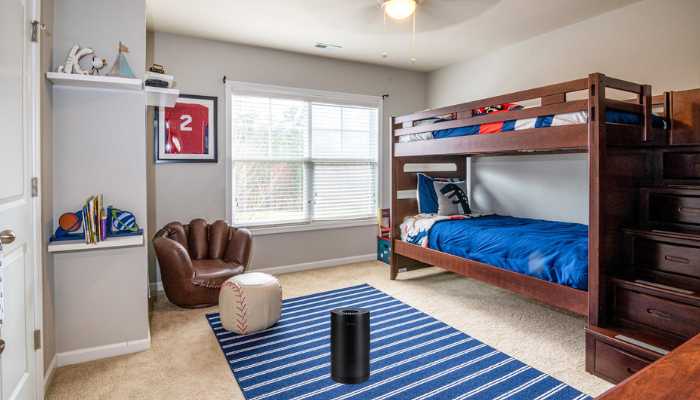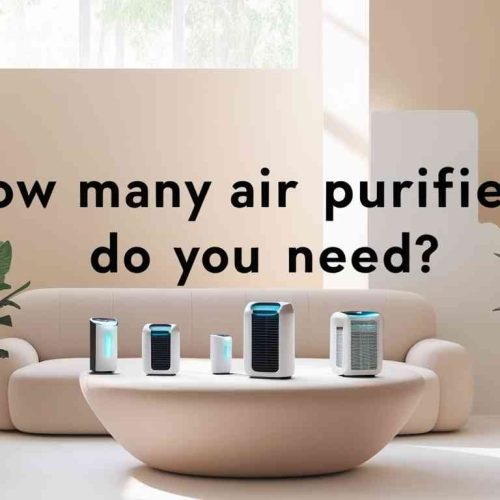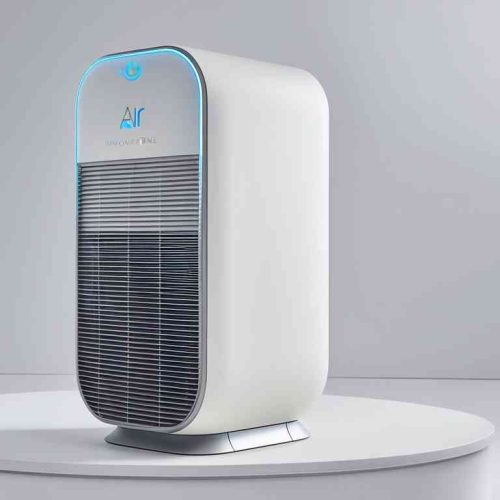Welcome to our comprehensive guide on the topic, “Do air purifiers help with lead dust?” Looking to tackle lead dust issues? Discover how air purifiers can effectively combat lead dust contamination. Discover the relationship between air purifiers and lead dust. Our thorough guide breaks down how effective air purifiers are in tackling lead particles.
Introduction
Significance of the Issue
Lead dust contamination is a pressing concern in many households, posing significant health risks, particularly to children and pregnant women. Understanding how to mitigate this hazard is crucial.
Purpose of the Guide
This comprehensive guide aims to shed light on the effectiveness of air purifiers in addressing the issue of lead dust contamination. We will explore the sources of lead dust, its associated health risks, and the role air purifiers can play in creating a healthier living environment.
Understanding Lead Dust
Sources of Lead Dust
Lead dust can originate from various sources, including deteriorating lead-based paint, soil, and industrial activities. Identifying potential sources is the first step in managing lead dust contamination.
Health Risks Associated
Exposure to lead dust can lead to severe health problems, such as developmental issues in children and cognitive impairments. It’s essential to comprehend the potential risks to take adequate preventive measures.

The Dangers of Lead Dust
Before exploring solutions, let’s grasp the gravity of lead dust exposure:
- Health Risks Associated with Lead Exposure: Lead exposure poses significant health risks, especially to children and pregnant women.
- Lead Poisoning Symptoms: Recognizing the symptoms of lead poisoning is crucial.
- Long-term Health Effects: Understand the potential long-term consequences of lead exposure.
- Common Sources of Lead Dust: Identifying sources like lead-based paint, lead-contaminated soil, and lead dust in homes.
Can Air Purifiers Remove Lead Dust?
Here, we delve into the core question:
- Effectiveness of Air Purifiers: Assess the capabilities of air purifiers in capturing particulate matter.
- Capturing Particulate Matter: How air purifiers address lead dust.
- Limitations of Air Purifiers: Recognize the factors that influence their effectiveness, including particle size, placement, and maintenance.
Role of Air Purifiers
How Air Purifiers Work
Air purifiers employ various mechanisms like HEPA filters, activated carbon filters, and UV-C lights to capture and neutralize airborne particles, including lead dust. Understanding their functionality is vital in assessing their effectiveness.
Types of Air Purifiers
Different types of air purifiers cater to specific needs. We’ll delve into the distinctions between HEPA filters, electrostatic precipitators, and ozone generators to help you choose the most suitable one.
Do Air Purifiers Help with Lead Dust?
Research and Studies
We’ll examine scientific research and studies that have investigated the effectiveness of air purifiers in removing lead dust from indoor air. Evidence-based information is crucial in making an informed decision.
Expert Opinions
Experts in the field will provide their insights into the practicality of using air purifiers as a means of reducing lead dust exposure. Their opinions will help you gauge the real-world applicability.

Benefits of Using Air Purifiers
Improved Air Quality
Cleaner indoor air can lead to a myriad of health benefits. We’ll explore how air purifiers can enhance the overall air quality in your home.
Health Advantages
Reducing lead dust exposure through air purification can have a positive impact on your family’s health. We’ll discuss the potential health advantages of using air purifiers.
Factors to Consider
Choosing the Right Air Purifier
Selecting the appropriate air purifier involves considering factors like room size, filtration technology, and maintenance costs. We’ll provide practical guidance to help you make the right choice.
Maintenance and Filter Replacement
To ensure continued effectiveness, proper maintenance and timely filter replacements are essential. We’ll outline maintenance best practices to maximize your air purifier’s lifespan.
Installation and Placement
Optimal Placement
Correct placement of air purifiers can significantly impact their performance. We’ll offer guidance on where to position your purifier for optimal results.
Room Size Considerations
Matching the air purifier’s capacity to the room size is crucial. We’ll help you determine the appropriate purifier size for your living spaces.
Tips for Maximum Effectiveness
Additional Measures
In addition to using air purifiers, we’ll explore supplementary measures you can take to further reduce lead dust exposure in your home.
Monitoring Air Quality
Regularly assessing indoor air quality is essential. We’ll provide tips on how to monitor the effectiveness of your air purifier.
Common Myths and Misconceptions
Debunking Myths
We’ll address common misconceptions and myths surrounding air purifiers and their effectiveness in dealing with lead dust.
Setting Realistic Expectations
It’s crucial to have realistic expectations when using air purifiers. We’ll help you understand what air purifiers can and cannot achieve.
Conclusion
Recap of Key Points
We’ll summarize the key takeaways from this guide, emphasizing the importance of addressing lead dust contamination and the role of air purifiers.
Final Thoughts on Lead Dust and Air Purifiers
In conclusion, understanding lead dust and its risks is essential for safeguarding your family’s health. Air purifiers, when chosen and used wisely, can be valuable tools in mitigating this environmental hazard. Make informed decisions to create a safer and healthier indoor environment for your loved ones.

FAQs on “Do Air Purifiers Help with Lead Dust”
Q:Can air purifiers help with lead dust in older homes with lead-based paint?
Ans: Yes, air purifiers can help reduce lead dust exposure in such environments.
Q:Can air purifiers effectively remove lead dust from indoor air?
Ans: Absolutely! High-quality air purifiers equipped with HEPA filters can efficiently capture lead dust particles, making your indoor air safer.
Q:How do air purifiers tackle lead dust contamination?
Ans: Air purifiers work by drawing in air and passing it through filters. HEPA filters, in particular, are designed to capture tiny lead dust particles, ensuring cleaner air.
Q:Are all air purifiers equally effective against lead dust?
Ans: Not all air purifiers are created equal. Look for models specifically designed to address lead dust contamination for optimal results.
Q:Can air purifiers eliminate lead dust completely?
Ans: While air purifiers can significantly reduce lead dust, they may not completely eliminate it. Regular cleaning and lead abatement measures are also essential.
Q:Do I need a specialized air purifier for lead dust, or will any model work?
Ans: For the best results, choose an air purifier with a HEPA filter and consider models with additional features like activated carbon filters for enhanced lead dust removal.
Q:How often should I run my air purifier to combat lead dust?
Ans: Running your air purifier continuously or for extended periods is recommended to maintain clean indoor air and reduce lead dust levels.
Q:What other measures should I take alongside using an air purifier to address lead dust?
Ans: In addition to using an air purifier, practice proper lead dust containment, maintain good hygiene, and consider professional lead abatement services for a comprehensive approach to lead dust management.












